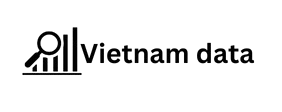To vit any organization, you are primarily interested in its location. The same information needed when the goal to get to a certain web platform on the Internet, find a suitable image, file. The essence of both options the same – to find the necessary object, site, but the design, area of application are different. In th article we will examine such a concept as a URL address, its place on
The World Wide Web, its varieties and formats, and its impact on SEO
URL – what it in simple words The fusion of these three letters means Uniform Resource Locator. If you translate them into Russian, you get a “location indicator”, in relation to the Internet – an individual path to a specific resource. It placed gambling data japan in the browser’s address bar and helps to find the necessary Internet project, video clip, film, file, located in the vastness of the Global or within the local network. Basic components of a URL Let’s look at what a URL consts of.
The symbols at the beginning of the line indicate
The protocol according to which data what a ceo of a company with 10-20 people (possibly) should do transferred. They look like th: : and s:. Next, the site name written, consting of domains of different levels: the first one, indicating nationality or theme (.com, .ru, .kz, .aero); the second, containing the name of the resource itself (ruweb, youtube); third and further (in other words, subdomains), which most often refer to the thematic sections of the site.
The levels are separated from each other by dots
What are URLs? There are several types of URLs. Static and buying house b dynamic A static URL immutable, points to content that does not change, has no additional elements, and looks like th, for example: s:ruweb.netcontact. Such options are typical for commercial, information platforms. Dynamic addresses contain variables, separators (?), (&), (=). Th type used to access content generated on the server in real time. For example, filter pages.

